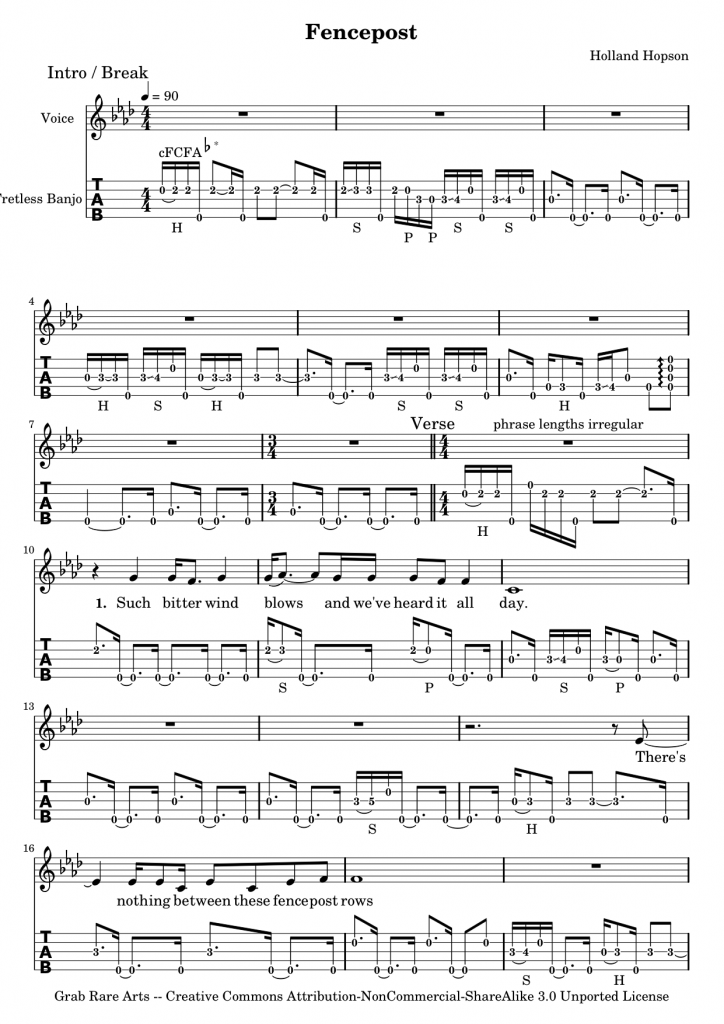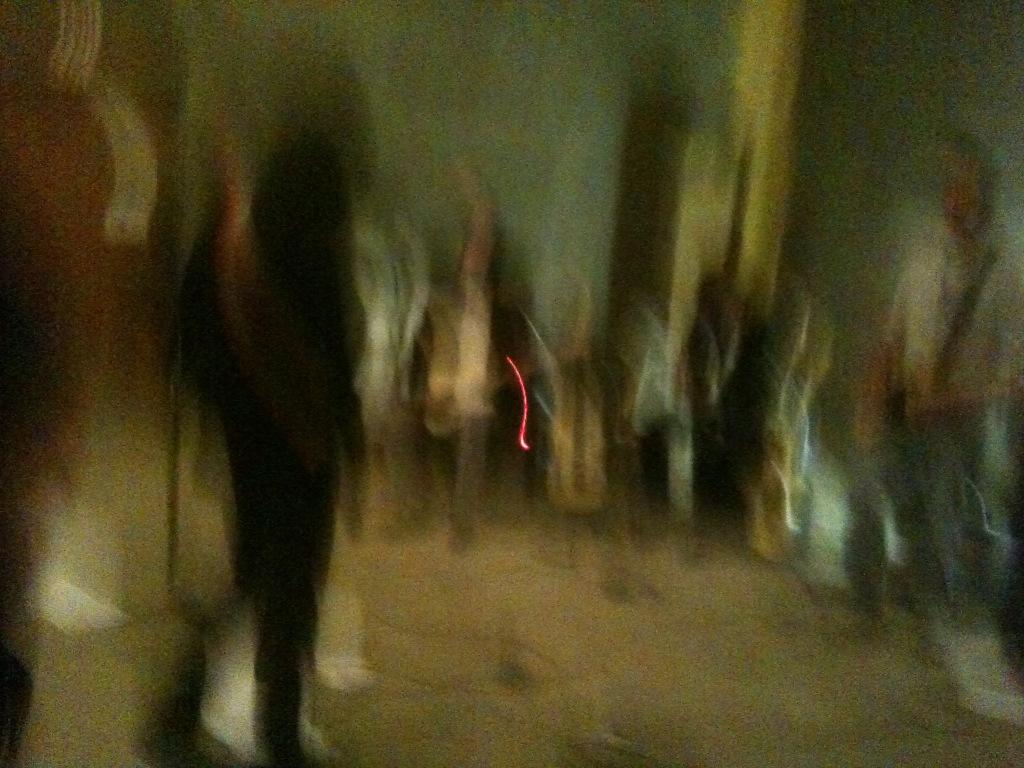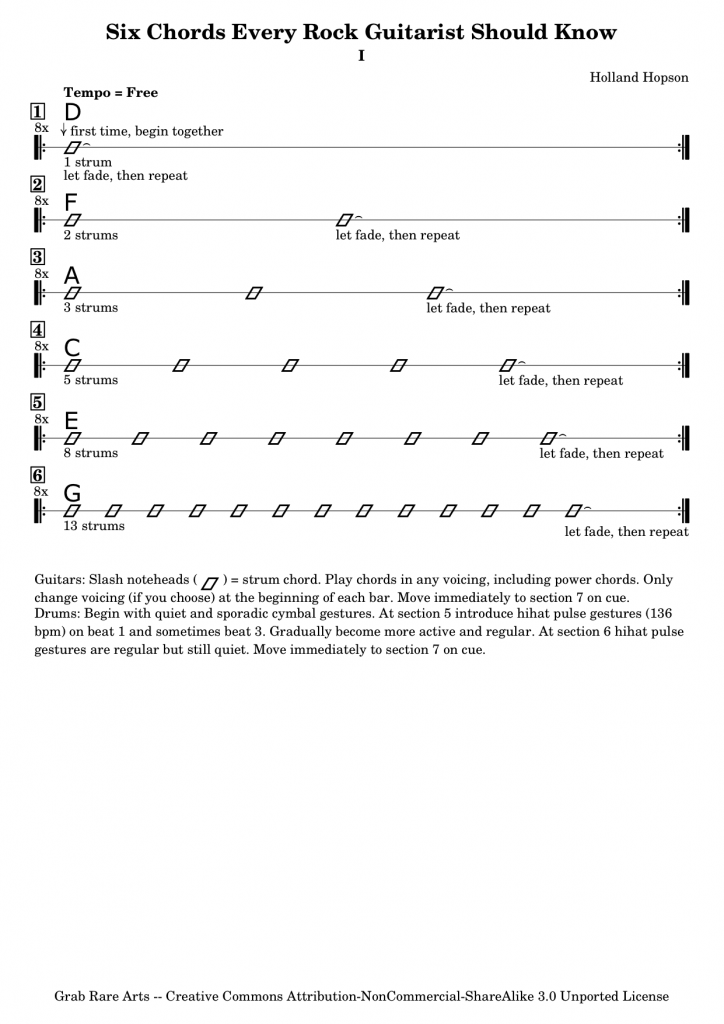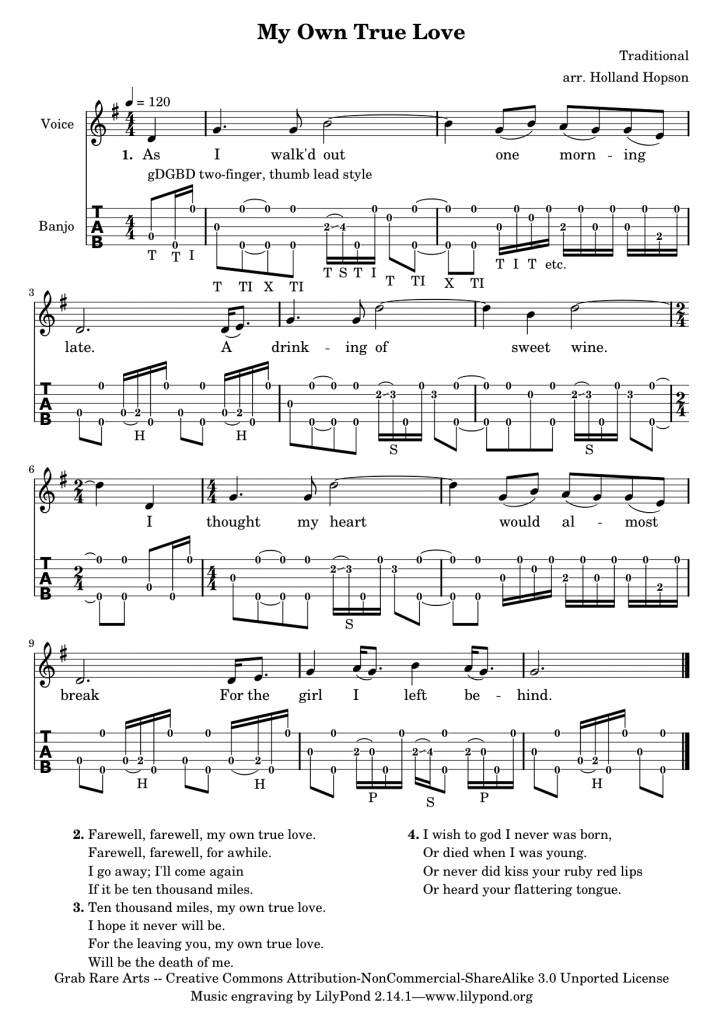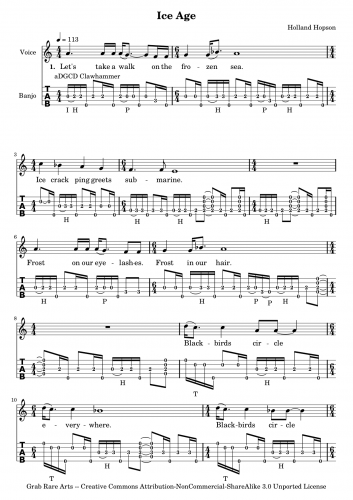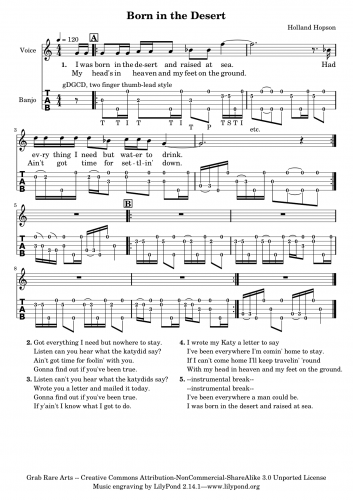Wednesday January 15 7:30 pm
Birmingham Art Music Alliance presents
UAB Faculty Brass
Samford University
Brock Recital Hall
Birmingham AL
This will be the premiere performance of my brass quintet, Purple Loosestrife (Satellite). The piece functions as a distributed network of musical gestures. Each musician can influence the behavior of any of the other musicians, while simultaneously being influenced by them. No one person is more “in charge” than another. There’s also no predetermined beginning, middle or ending. I sat in on a rehearsal this weekend and loved how the ensemble was working together. I can’t wait to hear how it comes together for the performance.
Also on the program:
- Mark A. Lackey – Three Simple Prayers
- Bryan Page – now does our world descend
- Monroe Golden – Some Day
- Jan Vi?ar – Three Marches for Dr. Kaybl
- Wesley Johnson – Bluebrass Kebyar
- Ron Wray – Dance Like It Hurts
- William Price – Sans Titre VII
- Fernando Deddos – Rabecando
- Nancy Jensen – Polaris Fanfare
The University of Alabama at Birmingham Brass Quintet consists of Dr. James Zingara and Dr. Steve Roberts, trumpets, Dr. Martin Cochran, euphonium, Jeff Koonce, trombone, and Scott Robertson, tuba.





